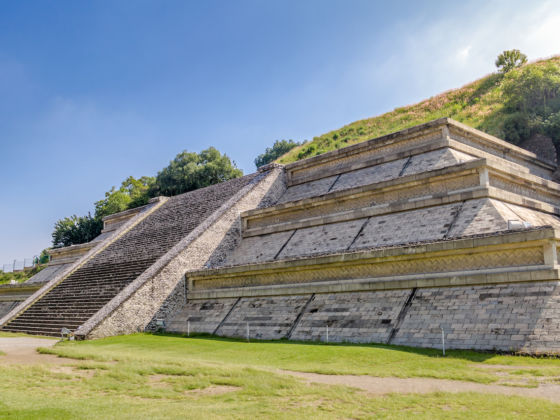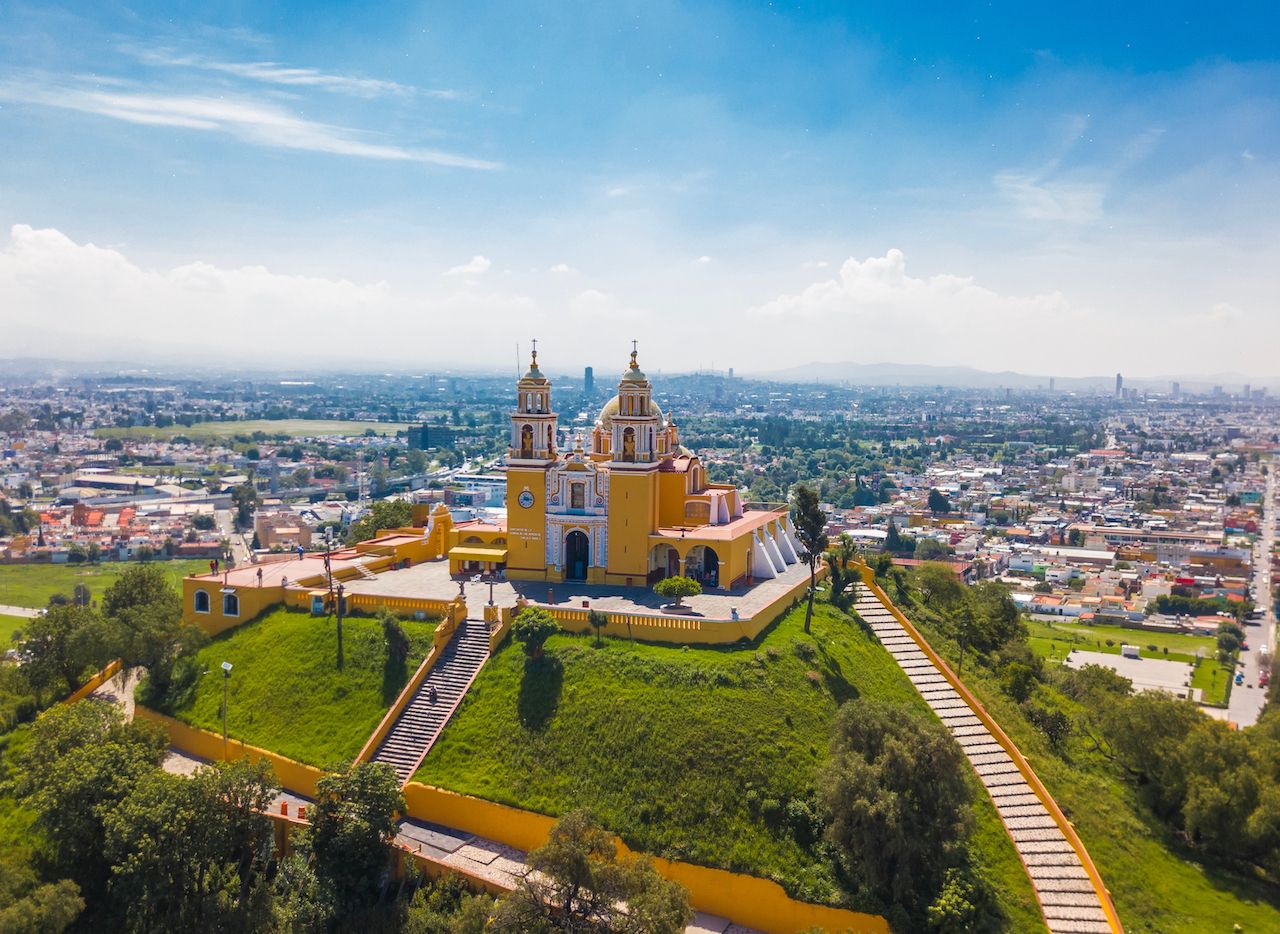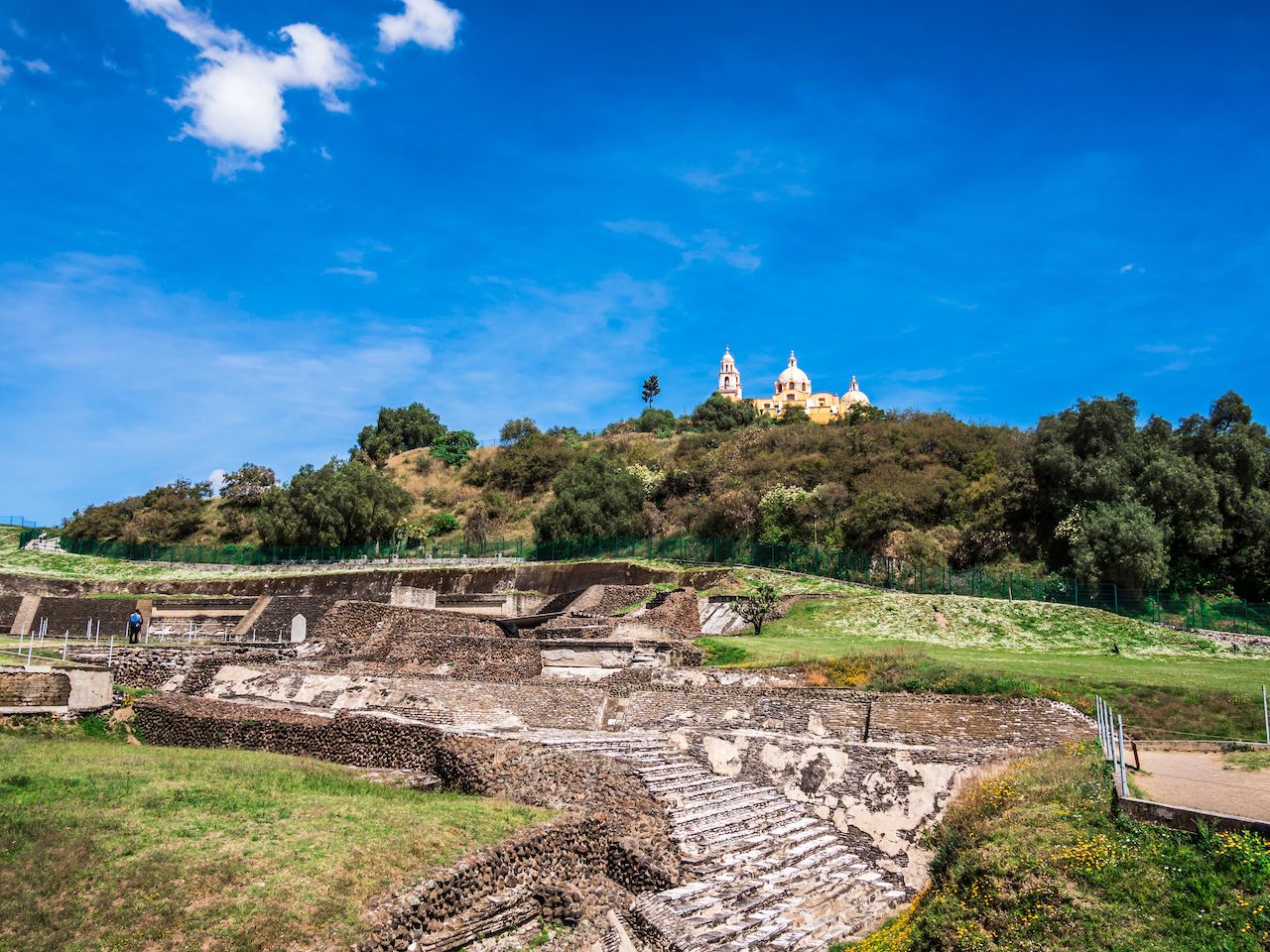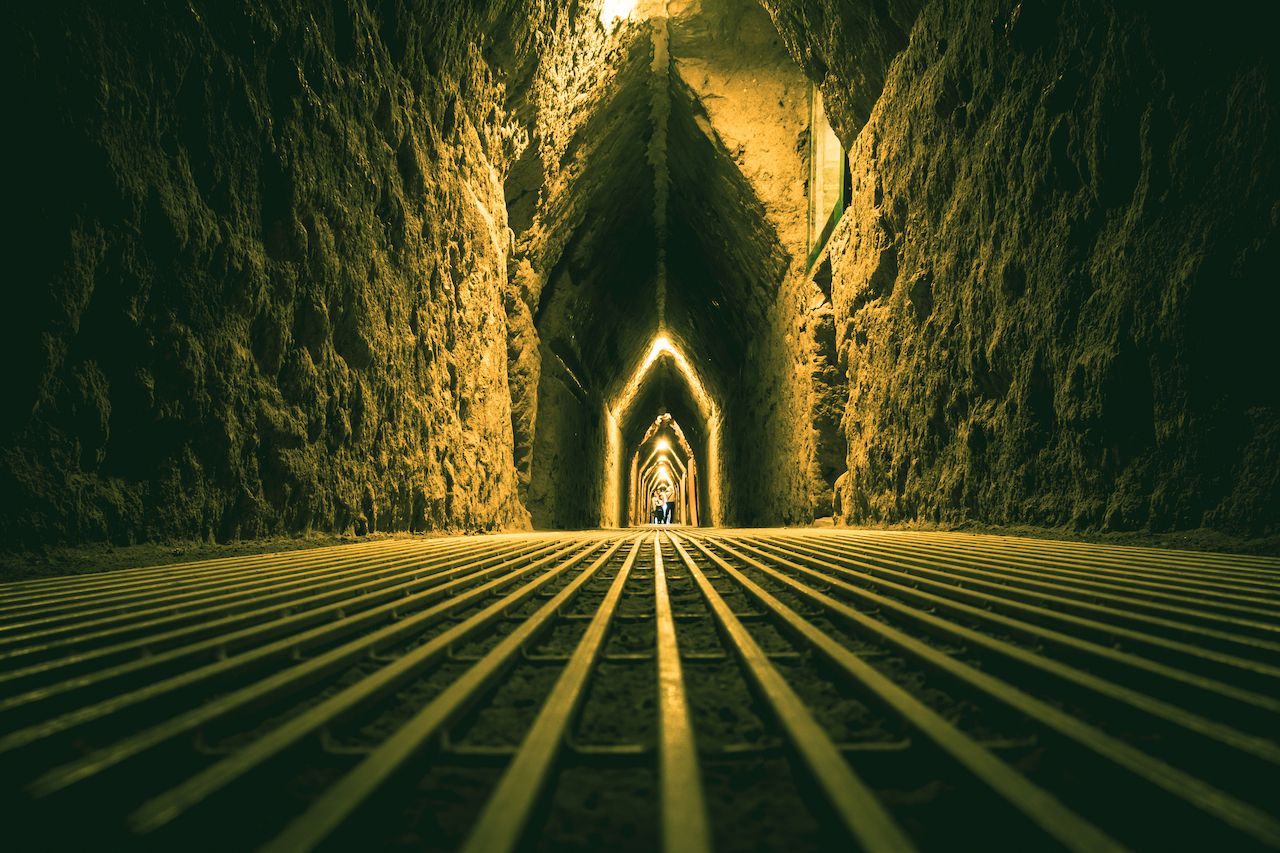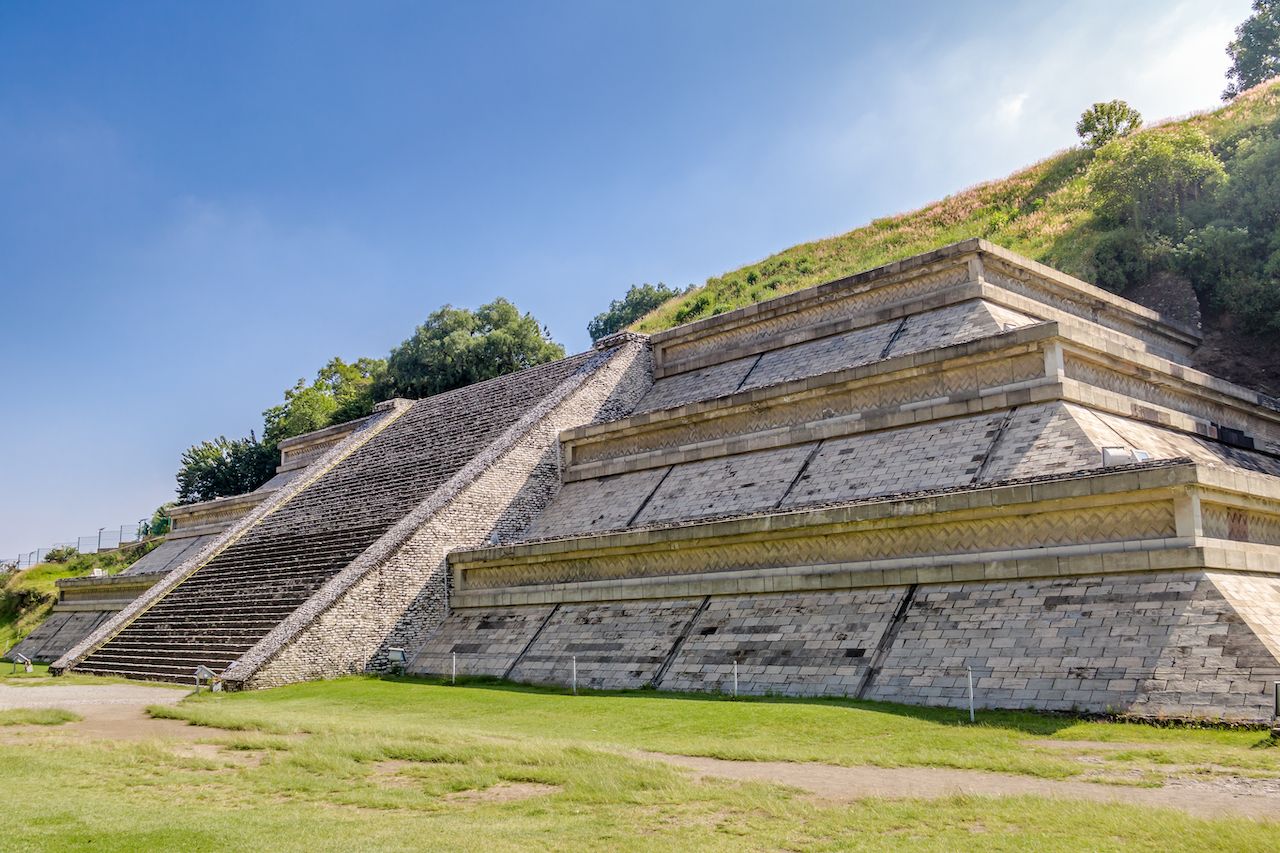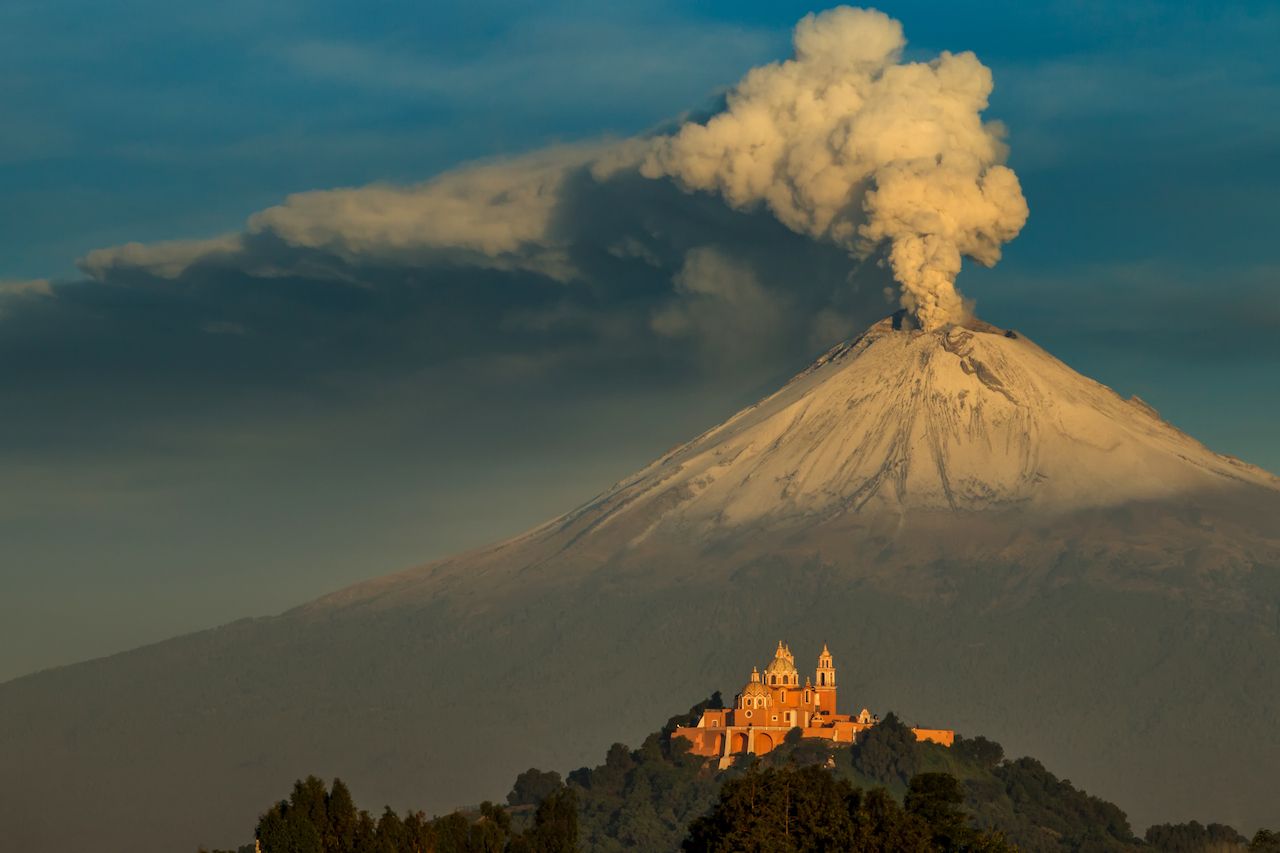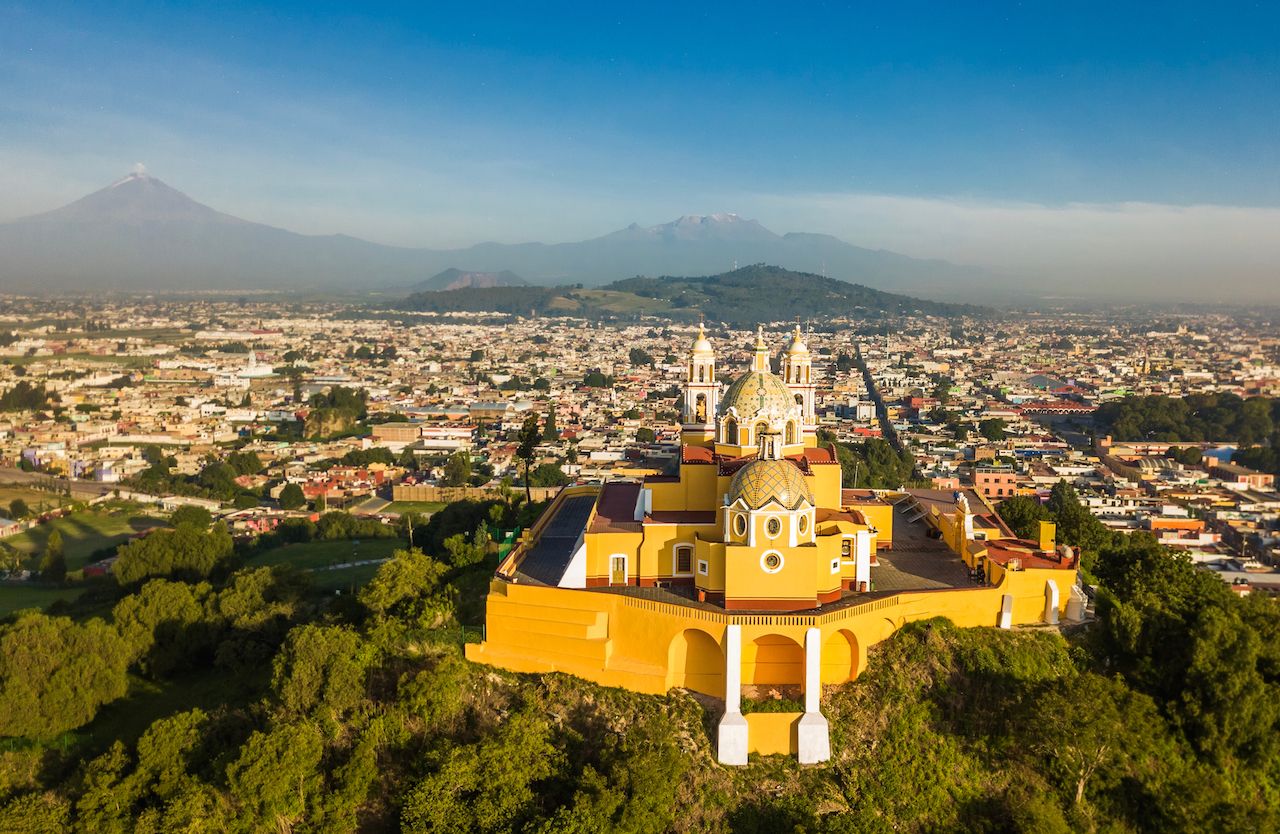When it comes to pyramids, Egypt hogs the limelight. But the towering, triangle-shaped edifices are not solely found in the pharaohs’ old stomping grounds — Sudan, Guatemala, and Iraq all have grand pyramids worthy of travelers’ attention. In fact, the largest of them all is in Cholula, Mexico.
The Great Pyramid of Cholula, also known as Tlachihualtepetl, is 177 feet tall and its base covers 45 acres — making it the largest monument ever constructed by any civilization on the planet. The enormous structure is located in a small town, just 80 miles from Mexico City, so it’s an easy day trip from the capital. Here is everything you need to know about the largest pyramid in the world and how to visit it.
